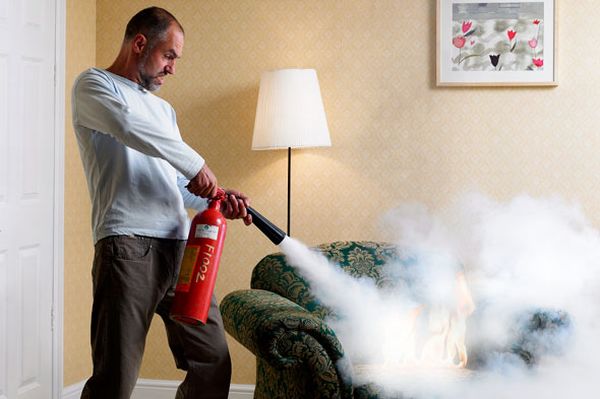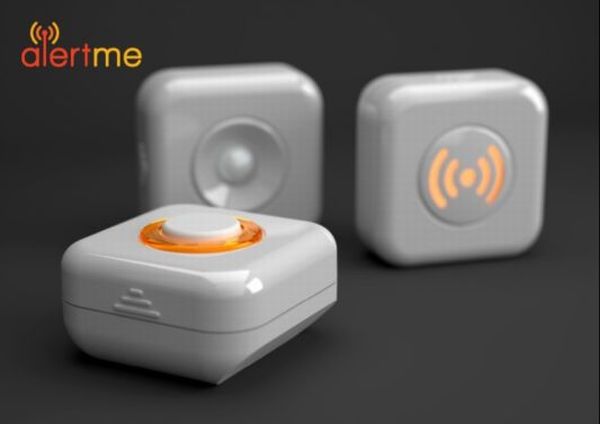While choosing a fire extinguisher for your home, one should be aware that a fire could begin in many possible ways. Each kind of fire has a different method of extinguishing. For instance, an electrical fire cannot be put out the way a wood fire is put out. In fact, the wrong method will be totally ineffective at times. And that is why one ought to know what sort of fires one will have to put out at homes. Basically, fire extinguishers come in five types. They are listed below:

- Class A extinguishers for putting out fires from ordinary combustibles like wood, paper and cloth.
- Class B extinguishers for putting out fires from flammable liquids like oil, gasoline and grease.
- Class C extinguishers for putting out electrical fires from appliances and tools.
- Class D extinguishers for putting out fires from combustible metals found in factories and industries.
- Class K extinguishers for putting out fires from cooking combustibles which are found in large commercial kitchens.
Choosing a fire extinguisher for your home
Seeing the list above will make it obvious that each room at home may need a different kind of extinguisher. A home will most probably require a class A, B or C fire extinguisher. All you have to do is just scout the location and find out which type would be best suited. A tip here – there are some fire extinguishers that come handy in multiple situations. They come labelled as ‘B-C’ or even ‘A-B-C’. They are more expensive, of course, but are useful in areas like a kitchen where there is a possibility of the need for A, B and C type extinguishers. The size of the area will also have to be considered before zeroing on an extinguisher. A number that appears before the class alphabet of the extinguisher gives an idea about its efficacy. For instance, a 10-B:C type can take care of a 25-square-foot fire. The larger the number, the greater the area that can be covered.
Using a fire extinguisher at home
Every fire extinguisher comes with detailed instructions. Make sure you read them and all the adults at home have also read the same. Usually, using the extinguisher is as simple as pushing a lever or pulling a handle and directing the nozzle to the fire. However, it would be good to read the specifics that vary slightly between brands and manufacturers.
Caring for your fire extinguisher
Store and mount the extinguisher in a readily accessible place. Check the pressure gauge readings regularly and ensure that it is always above the minimum pressure. Once in a while, take the canister down and shake it well to keep the ingredients well mixed and ready for emergency use. Make sure that the nails and fixtures that hold the extinguisher are not rusted or in a bad condition.




